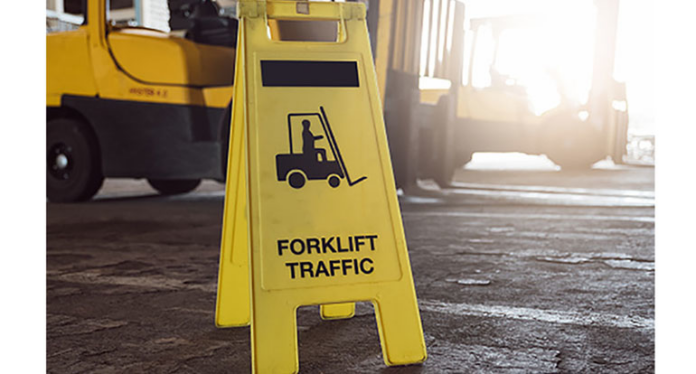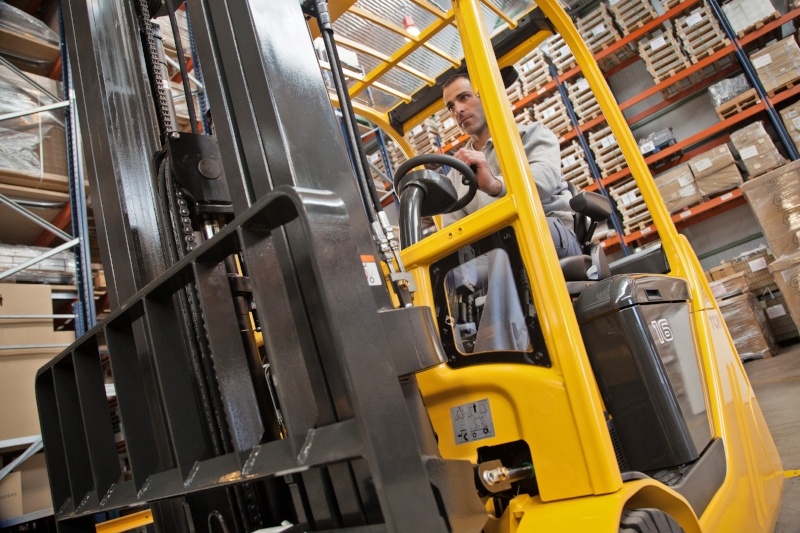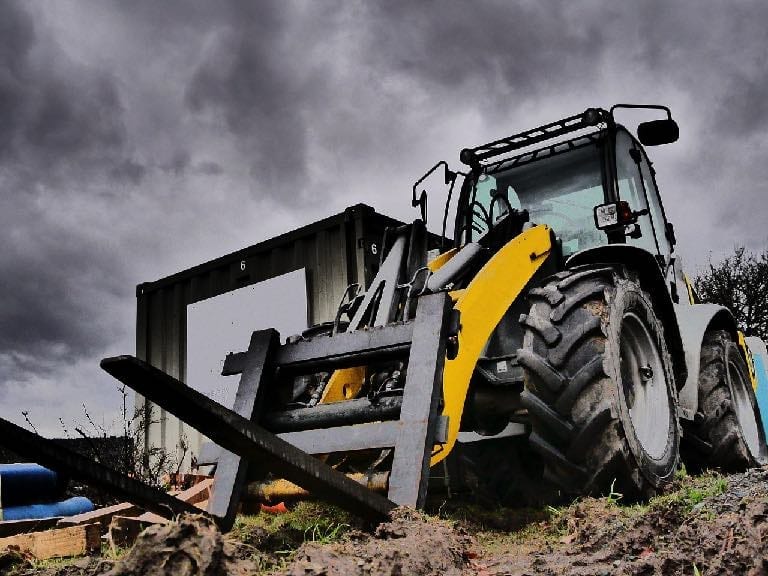Forklifts are one of the most commonly used but potentially dangerous vehicles at various kinds of work sites. User error, mechanical glitches, and unfavorable work environment are the leading causes of serious forklift accidents. Numbers say that forklifts kill around a hundred and seriously injure approximately thirty-five thousand workers every year in the United States of America.
However, their functionality and utility always overshadow their hazards. And, the fact that proper usage and a safe working environment help in preventing forklift accidents further make them popular at work sites. According to OSHA (Occupational Safety and Health Administration), proper training can help in avoiding 70% forklift accidents.
If you too deal with forklifts at your workplace, here are some important safety tips to prevent forklift accidents.
Tip #1: Provide proper training to forklift operators
As stated above, the majority of accidents happen as a result of poor training, and hence, only trained and licensed drivers should be allowed to operate a forklift.
The operators should be trained through videos, lectures, demonstrations, and software simulation training to prevent serious accidents.
Tip #2: Provide protective clothing to the operators
Personal protective clothing helps in minimizing the risk of serious injuries to the operators. The operators should be dressed appropriately with safety gear. They should wear a hard hat, well-fitting clothing, a reflector jacket, and safety boots.
Tip #3: Regular inspection of the forklift
Regularly checking the forklifts helps spot issues or early signs of some issues. So, schedule regular forklift repair and maintenance to minimize the chances of any accidents.
Before every use, check the operating controls like steering wheel, brakes, horn, light, overhead guards and mast. Also check the oil, water, radiator leaks, and fluid levels (engine, fuel, coolant, brake, and hydraulic).
Tip #4: Use a floor marking system
The floor marking system is a potent way to ensure workers’ safety. Define the hazardous areas using bright color markings. For instance, use yellow to mark areas that can lead to stumbling or falling, and red to mark emergency switches, fire hazards, and fire equipment.
To reinforce a safe traffic flow, place signs across the site to keep pedestrians from strolling in the path of forklifts.
Tip #5: Refrain from overloading the forklift
The manufacturers always define the maximum capacity a forklift can carry; stick to the figures and never overload. Overloading can cause serious damage to the machine as well as the operator.
Also, do not let more than one worker ride the forklift unless a seat is assigned by the manufacturer for an extra passenger.
Tip #6: Ensure equal distribution of load
Pay attention to load placement on the loading dock as irregular distribution can cause the vehicle to lose its balance and tip over. Place the load tilted backward, and keep the forks low for enhanced stability and better visibility. Always secure the load with ropes and double-check before moving it.
Tip #7: Maintain a safe speed
Just like capacity, manufacturers also recommend speed limits. Instruct the operator to drive within the safe limits. Advise them to exercise extra caution while taking turns.
Tip #8: Pay attention to operating distance
The driver should always drive, taking into account the surrounding machines and equipment on the worksite.
Train the drivers to drive safely by maintaining a safe operating distance from other machinery, especially the moving equipment.
The bottom line
Forklifts have made operations easy at the worksite, but they can lead to serious consequences if operated without taking safety measures into account.
If you use forklifts at your worksite, it is your responsibility to ensure the safety of your employees around this machine. These safety tips will help you prevent mishaps at your worksite and keep your workers safe.




















